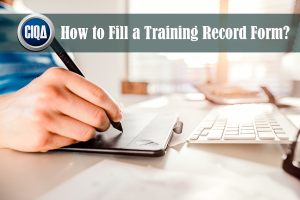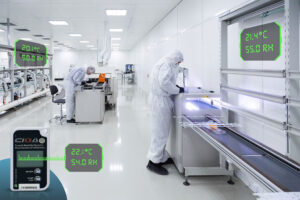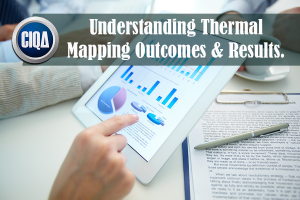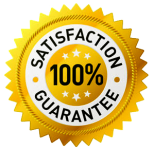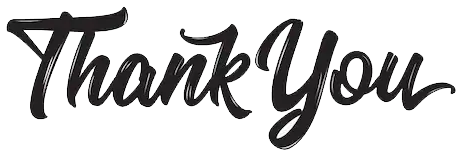
All You Need to Know About GMP Calibration Management System.
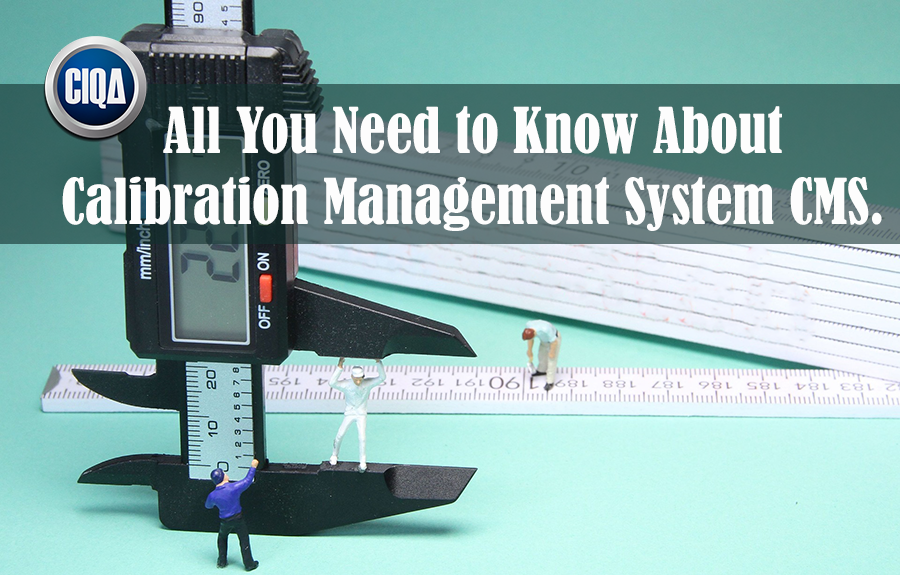
|
In this article, you will learn what is the Calibration Management System according to the FDA requirements. WHAT IS A CALIBRATION?Calibration is the process to corroborate and bring the documented evidence that a particular measuring device is working properly. The calibration consists of comparing its measurements against a trusted reference instrument or standard (NIST calibrated standard) to check its precision, accuracy, and limits. A NIST traceable calibration means that the reference standards used to perform its instrument calibrations are in compliance with the National Institute of Standards and Technology (NIST) standards. As per 21 CFR part 820.72: “Each manufacturer shall establish and maintain procedures to ensure that equipment is routinely calibrated, inspected, checked, and maintained. The procedures shall include provisions for handling, preservation, and storage of equipment so that its accuracy and fitness for use are maintained. These activities shall be documented.” “Calibration procedures shall include specific directions and limits for accuracy and precision. When accuracy and precision limits are not met, there shall be provisions for remedial action to reestablish the limits and to evaluate whether there was any adverse effect on the device’s quality. These activities shall be documented.” WHAT IS A CALIBRATION MANAGEMENT SYSTEM CMS?A Calibration Management System is the program designated to handle your entire calibration operation. It is used by regulated industries to demonstrate compliance with the calibration requirements. It will manage the calibration requirements, sections, and calibration records. Moreover, it organizes calibration works, schedules, calibration delivery, grading, records, and history. A calibration management system is a program either manual or electronic intended for the administration, documentation, tracking, and reporting of instrument calibration works. Some companies use dedicated software for this purpose, other companies handle their calibration management system more manually using handwriting and hard copies. The calibration management process includes managing and maintaining calibration records of the organization’s equipment and instruments. A CMS manages calibration administration, instrument registration, tracking, effective monitoring, and reporting. In some cases, they are capable to manage financial aspects, including budget forecasting and cost-tracking. WHAT KINDS OF CALIBRATION MUST YOUR ORGANIZATION ACCOMPLISH?Even though calibration is an activity for many industries in general, this article aims specifically to the GMP calibration process necessary and required by the FDA and the QMS Quality Management System. Sometimes initial calibration is followed by a requirement of additional recurrent re-calibrations within six months, or perhaps one year later. WHAT IS A CALIBRATION STANDARD?Calibration standards are known as reference standard instruments typically with 3 or more times more accuracy than the instruments that will be calibrated with. Calibration standards used for inspection, measuring, and test equipment shall be traceable to national or international standards (NIST Traceable calibrations. If national or international standards are not practical or available, the manufacturer shall use an independent reproducible standard. If no applicable standard exists, the manufacturer shall establish and maintain an in-house standard. WHAT IS CALIBRATION CERTIFICATE OR CALIBRATION RECORD?Calibration records are commonly known as calibration certificates contain the equipment identification, calibration dates, the individual performing each calibration, and the next calibration date. In addition to the calibration certificate, a calibration tag or label is placed or displayed on or near each piece of equipment or shall be readily available to the personnel using such equipment and to the individuals responsible for calibrating the equipment. These calibration tags typically contain:
WHAT IS THE FREQUENCY OF YOUR INSTRUMENT’ CALIBRATION?Many federal regulations and company policies require to comply with specific calibration schedules, control of calibration standards, view completion dates, test results, and detailed information such as accuracy, precision, duration of actual calibration time, or frequency. In some cases, each company establishes its own frequency of instrument recalibration based on a risk assessment. Based on this information, a recurrent calibration date or frequency can be generated, and certificates of calibration completion must be sent and stored in the document control file as per the Calibration Management System. WHEN IS NECESSARY A CALIBRATION?Calibration is needed whenever an instrument is added or modified in the manufacturing process, procedures, batch record instructions, specifications, equipment settings, validated process, material, product, etc. More specifically, a calibration must be considered if you add, modify, or impact any instrument or equipment related to the measurement in the following areas:
WHY IS MANDATORY TO CALIBRATE?Government regulations require that FDA regulated companies bring calibration to their instruments and equipment to assure their confidence and reliable results. Some industries work under stricter calibration requirements due to the type of product and process. Failing to comply with the calibration requirements, can cause fines, loss of business, or damage to a business’s reputation. Moreover, the GMP and the QSR mandate to establish a reliable calibration program. In addition, the calibration management system serves as a registry log book and tracking system of all calibration in the chronologic order that was done. It helps to bring the evidence that calibration has been done to each instrument by date during its life cycle. Consequences to not perform an adequate calibration on-time?Failure to adhere to proper calibration delivery is considered a violation of US Federal regulations on good manufacturing practices. As a consequence, medicine or medical device can be termed as adulterated or substandard if the company has failed to bring calibration, and failed to design and implement an effective calibration control program or management system either manual or electronic. In some cases, it may result in an FDA warning observation, product hold, product recall, etc. HOW TO FILL A CALIBRATION RECORD FORM?A calibration certificate may include, but, is not limited to complete the following sections and information related to the calibration provided to the instrument, (as applicable)
CIQA is a quality and regulatory consultant with 25 years of experience developing products and managing projects in the medical device supply chain, and pharmaceutical industries. His experience includes research, product development, operations management, manufacturing engineering, equipment design, regulatory affairs, and quality assurance. Specific questions about Document Control Management DCM or quality system training can be directed to CIQA at ramon.cayuela@ciqa.net. SUBSCRIBE AND FOLLOW US TO LEARN MORE.For more details about the calibration management system, follow us.Three (3) Options to Create Document Control Management DCM Procedures:Bronze Option. You Can Create Your Own Quality Procedures, using a Template.You can download samples of the Document Control Management DCM procedure templates in .pdf format. To see the complete list of the most popular quality procedures templates, click here. In addition, you can request a quotation to buy online a full SOP template document in MS Word format that is completely editable, ready to fill, and adapt to your specific needs. Silver Option. We Can Bring You a Formal Training about Calibration Management System.This option is recommended if you want to learn more about how to build robust quality system procedures. One of our expert(s) can provide online step-by-step training to your team (unlimited assistance) on how to build reliable SOPs using our template(s). Also, you can improve your corporate quality procedures and policies by incorporating our template(s) and tools. It includes a fully editable template from the Bronze option, plus training, exams, and a training certificate for each assistant. Request a quote now. Gold Option. We Can Create Customized Quality Procedures.One of our expert(s) will create and prepare your customized SOPs with the inputs and specific information of your company. It includes a fully editable template from the Bronze option, plus online support in document creation, implementation, and training. Request a quote online. GET IN COMPLIANCE TODAY ON CALIBRATION MANAGEMENT SYSTEM, CONTACT US (Hablamos Español)REFERENCES:For more information about calibration management system, refer to:STATUTORY AND REGULATORY REQUIREMENTS TITLE 21–FOOD AND DRUGS PART 820 — QUALITY SYSTEM REGULATION Subpart G–Production and Process Controls Sec. 820.72 Inspection, measuring, and test equipment. httpss://www.accessdata.fda.gov/scripts/cdrh/cfdocs/cfcfr/CFRSearch.cfm?fr=820.72 ISO/IEC 17025 TESTING AND CALIBRATION LABORATORIES ISO/IEC 17025:2017 specifies the general requirements for the competence, impartiality and consistent operation of laboratories. ISO/IEC 17025:2017 is applicable to all organizations performing laboratory activities, regardless of the number of personnel. httpss://www.iso.org/ISO-IEC-17025-testing-and-calibration-laboratories.html TITLE 21–FOOD AND DRUGS PART 111 — CURRENT GOOD MANUFACTURING PRACTICE IN MANUFACTURING, PACKAGING, LABELING, OR HOLDING OPERATIONS FOR DIETARY SUPPLEMENTS – Calibration Management SystemSubpart D–Equipment and Utensils httpss://www.accessdata.fda.gov/scripts/cdrh/cfdocs/cfcfr/CFRSearch.cfm?fr=111.35 21 CFR § 58.63 – Maintenance and calibration of equipment.
httpss://www.law.cornell.edu/cfr/text/21/58.63 40 CFR § 160.63 – Maintenance and calibration of equipment.
httpss://www.law.cornell.edu/cfr/text/40/160.63 For more information about Calibration Management System, refer to:httpss://whatis.techtarget.com/definition/calibration-management-software |

Ramon Cayuela, MS, BS, Chemical Engineering
CIQA President and CEO.
I've been working in validation engineering since 1992 with many multinational pharmaceutical companies. I love sharing my passion and knowledge with others. If you have any questions about anything (or just have general questions). I will be more than happy to assist you. You can count on the BEST customer service on CIQA. I go to great lengths to make sure my clients are 100% satisfied with their purchases and check emails/messages consistently throughout the day. You can rest assured that everything being sold here is as-described or your money back. I look forward to working with you!
Related Articles
Subscribe to get validation
news and free tips by email.
Need Additional Help?




